With the winter season fast approaching most homeowners are resorting to installing fireplaces in their homes. When shopping for fireplaces, traditional gas, and wood-burning fireplaces seem like suitable options since they provide heat and improve the ambiance. However, unbeknown to many they have a downside, which is their negative environmental impact. Wood burning and gas fireplaces generate heat through combustion. Combustion releases carbon monoxide as a byproduct, which degrades the air quality in a home and increases one's carbon footprint. With global warming being of major concern, traditional fireplaces become less appealing to most homeowners.
Luckily, electric fireplaces exist, and they are generally a better option for a green lifestyle. There are many reasons why electric fireplaces have a positive impact on the environment. These include the following:
Electric fireplaces consume less energy and are more efficient
Electric fireplaces have no emissions
Electric fireplaces protect your health
Electric fireplaces do not rely on natural resource
Electric fireplaces offer zone heating
Electric fireplaces have no emissions
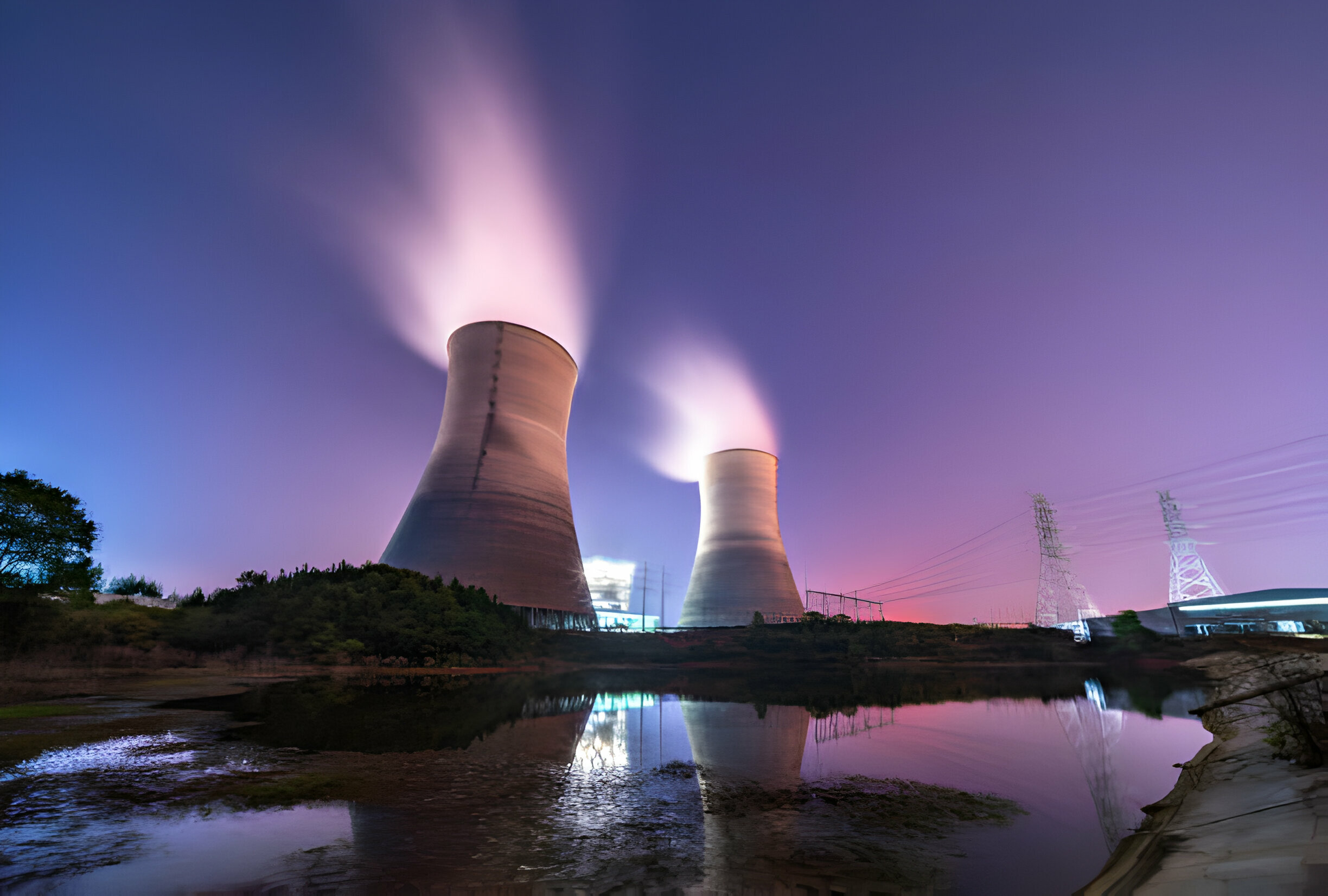
Electric fireplaces operate without real fire. Instead, they have a realistic display of flames on screen and use a heater to generate heat. The heater can be either a fan-forced or infrared heater. A fan-forced heater works by sucking in air, passing the air over an internal heating coil, and then blowing the warm air out to raise the temperature in a room. Alternatively, an infrared heater uses infrared rays to warm a room, which works similarly to how sunrays warm a surface upon contact.
Keeping that in mind, regardless of the type of heater in an electric fireplace, combustion does not take place. Hence, electric fireplaces do not have any harmful emissions to the air indoors or outdoors.
On the other hand, wood-burning and gas fireplaces use combustion to generate heat. Combustion releases carbon monoxide, which is an odorless and colorless gas. That makes carbon monoxide dangerous especially if one does not have a carbon monoxide detector.
Over time, wood-burning fireplaces release greenhouse gases through the chimney, and they end up greatly polluting the environment. Some people opt for gas fireplaces in place of wood-burning fireplaces. Although gas fireplaces do not release as much carbon monoxide as wood-burning fireplaces, to the environment. With the environment in mind, they are not as good as electric fireplaces. That is because they use, gas, a non-renewable source of energy to operate. Additionally, fossil fuels are generally not good for the environment.
Electric fireplaces consume less energy and are more efficient
Electric fireplaces are eco-friendly, and in addition, homeowners prefer them since they are highly energy-efficient. In comparison to gas fireplaces, electric fireplaces use 90% less energy to produce flames. They operate with less energy meaning they will not spike your energy bill during the cold season. On average, it costs 3 cents per hour to operate an electric fireplace with flame effects only, while it costs approximately 8 to 12 cents to operate an electric fireplace with the heating on as well.
In addition, you will not have to worry about releasing contaminants to the environment no matter how long you use the electric fireplace.
As if that is not enough, none of the heat produced in an electric fireplace goes to waste. That is unlike other fireplaces where up to 50% of heat is lost through vents and chimneys.
Electric fireplaces protect your health
Electric fireplaces, unlike gas and wood-burning fireplaces, do not release any smoke or toxins into the air. Although in small proportions, a wood-burning fireplace releases smoke into the air each time you use the fireplace. Over time, you end up inhaling the smoke when you sit around the fireplace. Smoke poses a threat to your health since it may cause respiratory complications such as asthma. In addition, it is very easy for soot and ash to release into the air when you are cleaning the firebox. Both of which are harmful to one’s health.
When it comes to electric fireplaces, you do not need to worry about inhaling contaminants since they do not release any. Furthermore, most electric fireplaces come equipped with a filter, which improves the air quality in a room when an electric fireplace is in use.
Electric fireplaces do not rely on natural resources
Electric fireplaces entirely rely on electricity to generate heat and the flames on screen. In contrast, traditional gas and wood-burning fireplaces rely on gas, and wood respectively as fuel. One of the main disadvantages of using a wood-burning fireplace is that you need to cut down trees to be able to use your fireplace. In the past using wood was necessary, but with technological advancements, there is an eco-friendly option, electric fireplaces, which allows you to enjoy the benefits of a traditional fireplace without having to cut down trees, which serve as natural air purifiers.
In addition, using wood to produce heat is inconvenient as well. That is because some cities and states have regulations on how and how often you can use wood-burning fireplaces. That means you may be unable to get the warmth you want at certain times of the day.
Gas fireplaces, on the other hand, require the use of a non-renewable source of energy, which also poses a threat to the environment
Electric fireplaces offer zone heating
Electric fireplaces can effectively heat up a space of 400 square feet. That means if you and your family are all in the living room you can turn off the heating in the rest of the house, conserve energy, and reduce costs. In addition, when using an electric fireplace for warmth, you feel the heat immediately, which is unlike a traditional fireplace. That means the time your fireplace will be in use will be generally lower than when you use a traditional fireplace, with that, you end up consuming less energy.
How an electric fireplace can reduce your carbon footprint
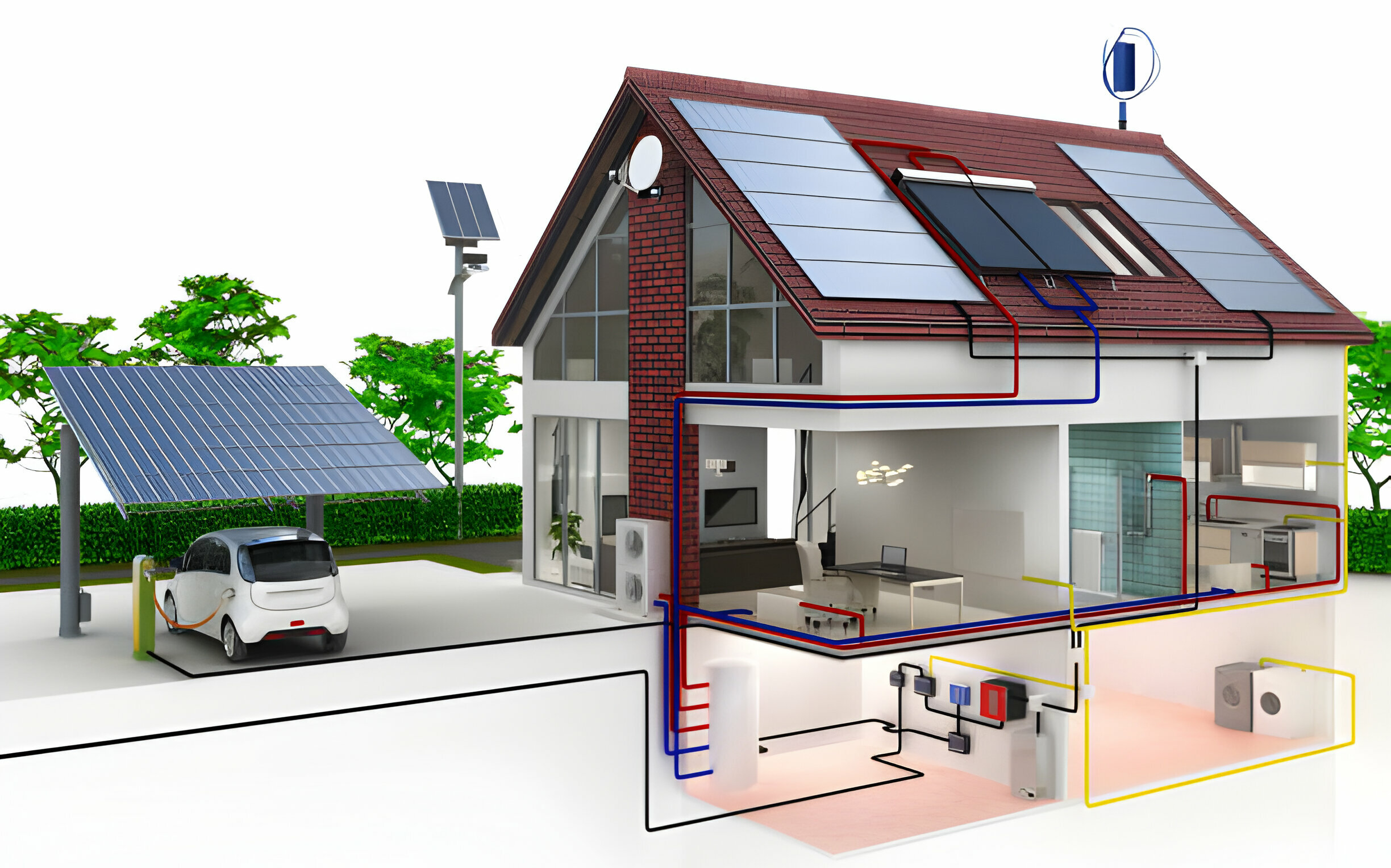
Generally, there are two ways you can reduce your carbon footprint at home. The first is relying less on fossil fuels to power services in your home. The other is improving your building’s envelope to reduce the amount of heating and cooling you need in your home.
If you are unfamiliar with the term, building envelope, let us save you the hassle of having to research. A building’s envelope is the exterior including insulation in windows and doors. Hence, improving your building’s envelope to optimum efficiency will reduce your use of heating and cooling, which directly translates to less emission of greenhouse gases.
To rely less on fossil fuels in your home you need to get rid of features that use fossil fuels in your home. In most homes, fireplaces are the only features that use fossil fuels. Therefore, if you own a wood-burning or gas fireplace switching to an electric one will reduce your carbon footprint, here is how:
Changing a wood-burning fireplace to an electric one
If you own a wood-burning fireplace, it definitely has a chimney. A chimney creates a hole in your home’s envelope. When you switch to an electric fireplace and cover the chimney, you will have improved your home’s efficiency. Moreover, with an electric fireplace, you will not be burning wood, therefore removing another source of carbon emission in your home.
Changing a gas fireplace to an electric one
Similar to wood-burning fireplaces, gas fireplaces affect the efficiency of your home and increase greenhouse gas emissions. Most gas fireplaces require a vent, which creates a hole in your home’s envelope, therefore, reducing its efficiency. Additionally, gas fireplaces use fossil fuels and emit greenhouse gases to the environment. Switching a gas fireplace to electric improves your home’s efficiency and eliminates another source of greenhouse gases as well.
Conclusion
If you are looking to live an eco-friendly lifestyle, you do not need to go big by getting an electric car or using solar power only. Simply switching to an electric fireplace is a great starting point for your eco-friendly journey. By using an electric fireplace, you will be enjoying the benefits of traditional fireplaces while you reduce your carbon footprint. In addition, while you are using an electric fireplace you end up saving on the cost and maintenance work required with traditional fireplaces.
Frequently Asked Questions
What is an environmentally friendly fireplace?
An environmentally friendly fireplace is one that causes almost no direct harmful impact on the environment, and it has a low to moderate indirect impact on the environment.
What is the most environmentally friendly fireplace?
Without a shadow of a doubt, electric fireplaces are the most eco-friendly fireplaces. That is because they are highly efficient, have no emissions, and do not rely on natural resources to operate. Although an electric fireplace cannot heat an entire house on its own, it is quite efficient for zonal heating.
Do fireplaces give off CO2?
Many individuals wonder if an electric fireplace gives off CO2 if it used to be a gas or wood-burning fireplace. The answer to this question is, no, which is because no combustion takes place in an electric fireplace

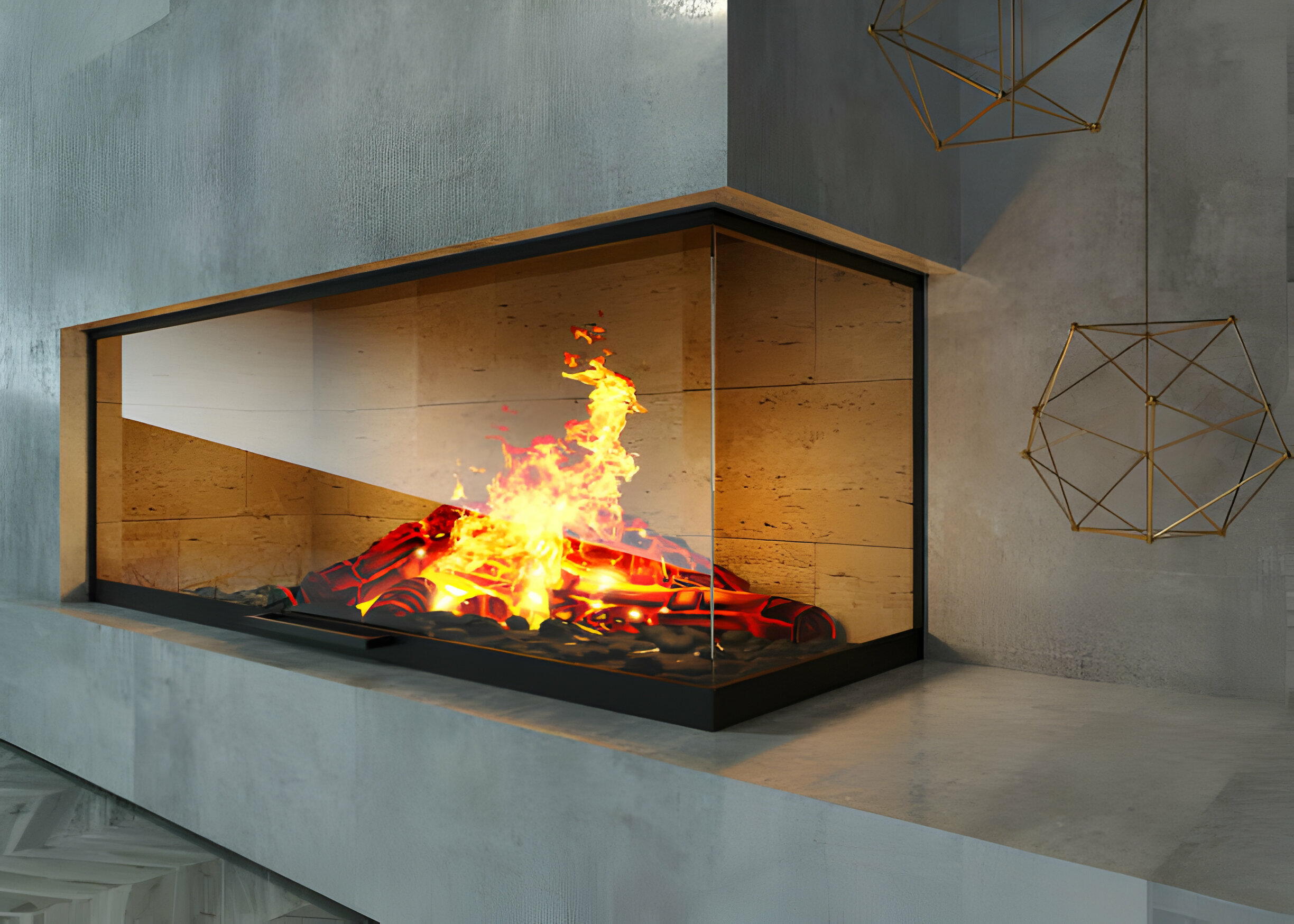

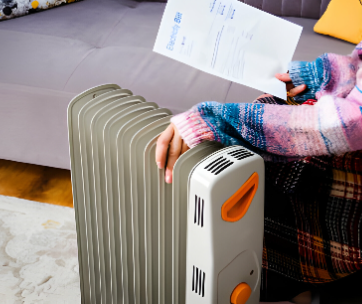
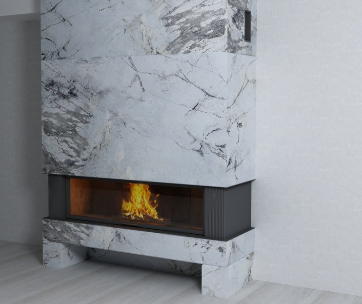
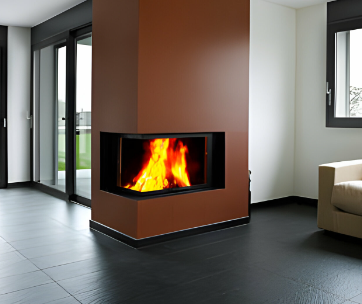

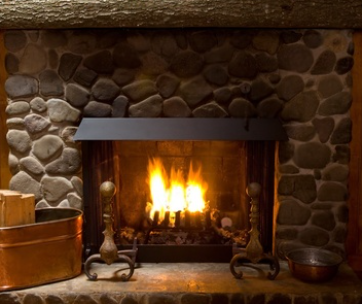

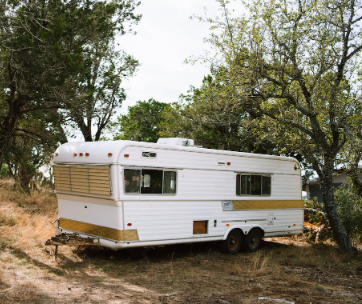
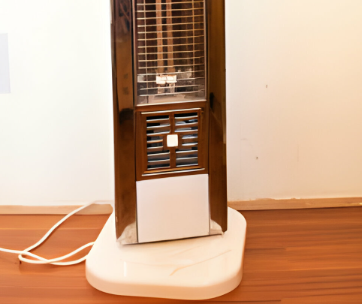
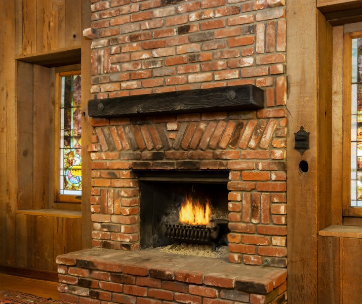
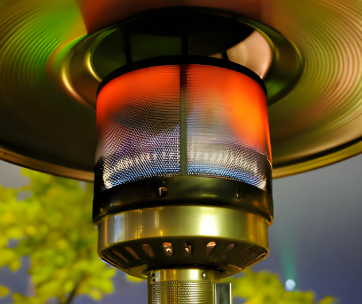
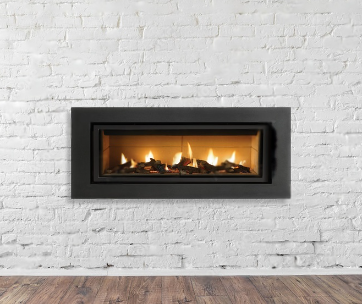

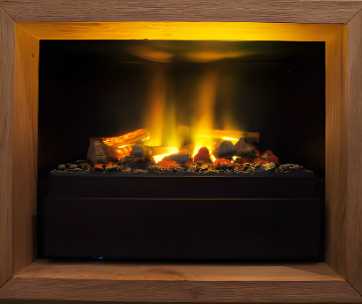



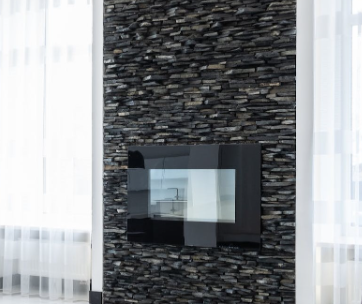
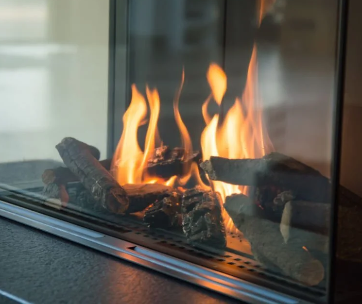
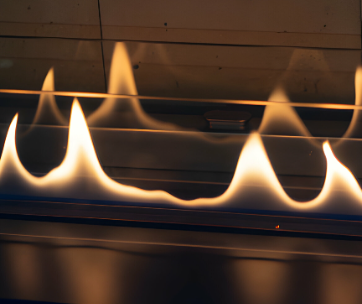
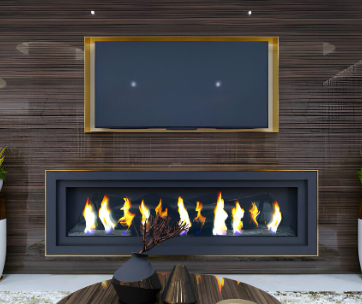
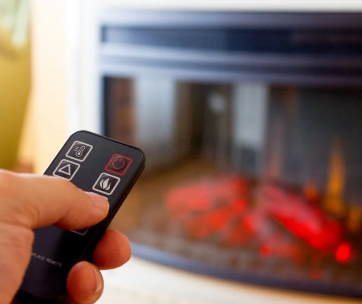





Comments